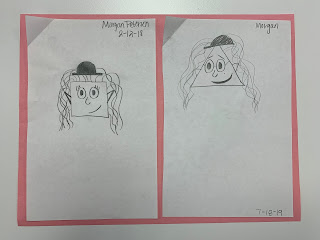Driving & Community Mobility
What is one thing we can all associate with driving?? FREEDOM I still remember the day I was handed the keys to my first car; no more waiting on mom to pick me up from practice/school functions, no more having to ask for a ride to the movies, no more aligning of our daily schedules just so I could go eat dinner with my friends that Friday night. Driving is important at any age, but we don’t think of its importance until its gone. Today in class, our guest lecturer spoke on driving and community mobility for not only the aging population, but also those with varying disabilities. For each of these populations, driving is still an important occupation, and signifies their freedom. And sometimes that freedom can be hard to hand over to someone else. From today, I can really take away two big ideas: 1) The way you approach your clients will always matter. Our speaker discussed how hard it can be to tell someone that they did not pass their dri...
